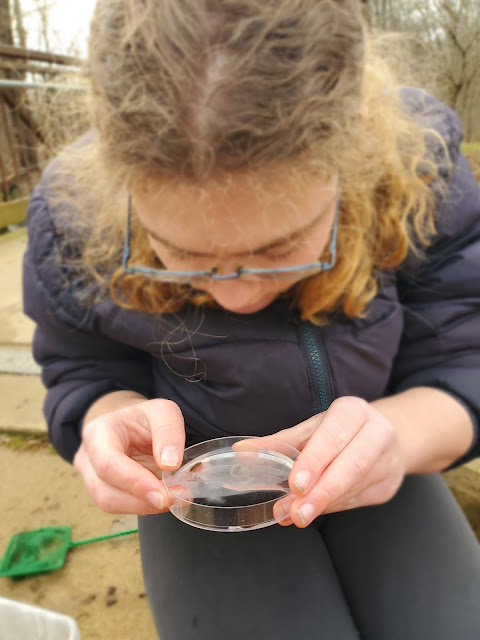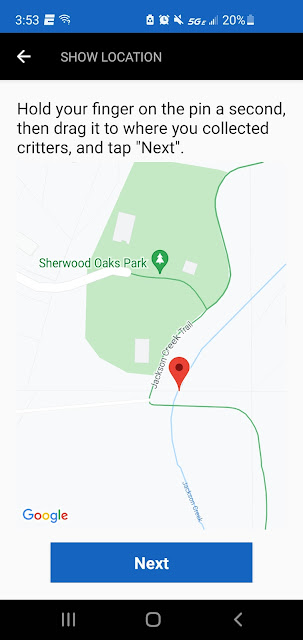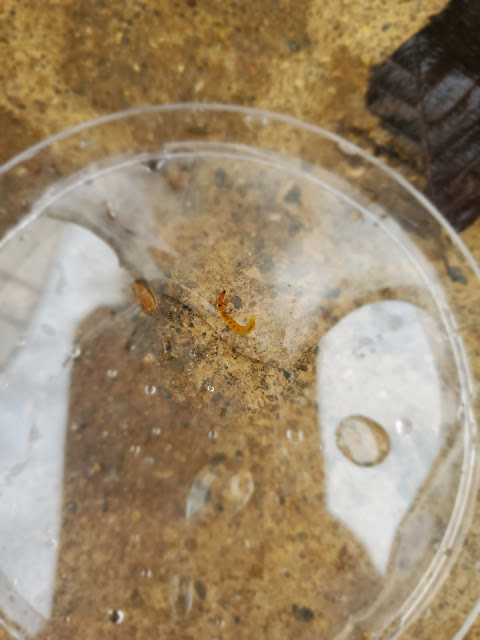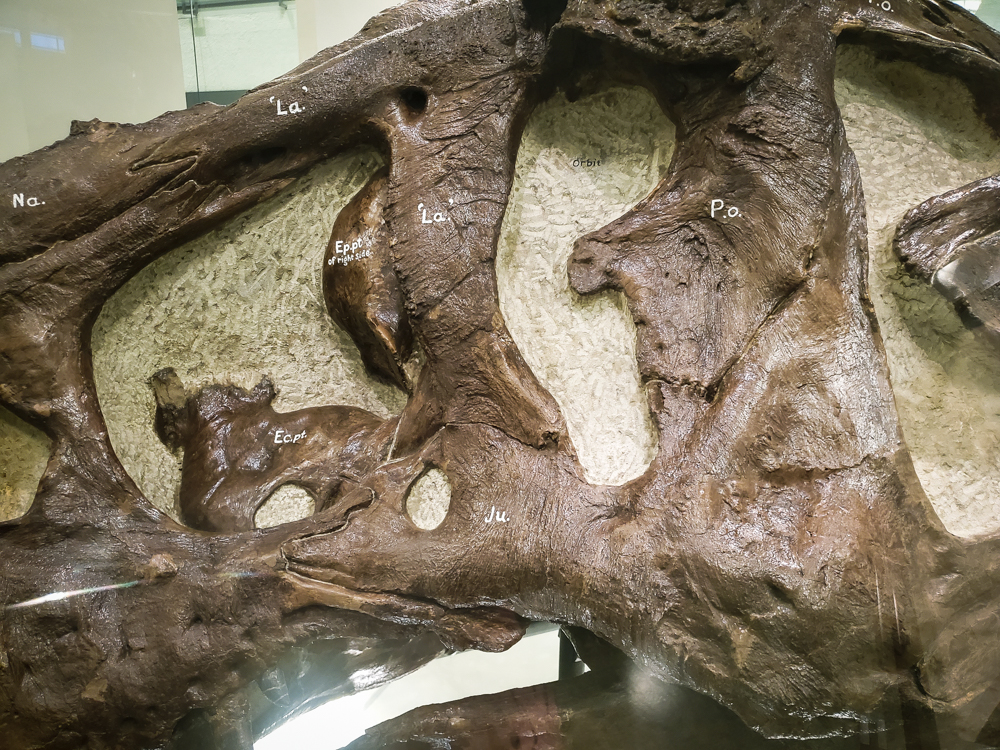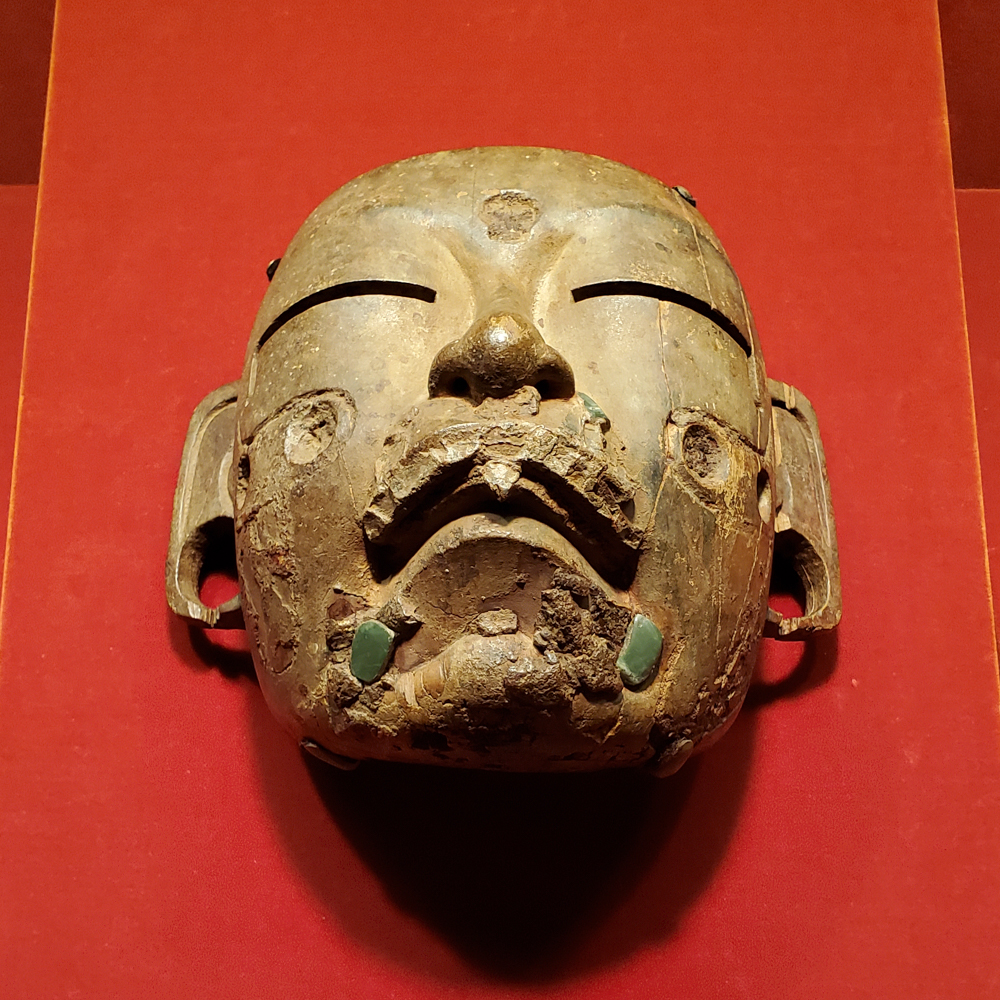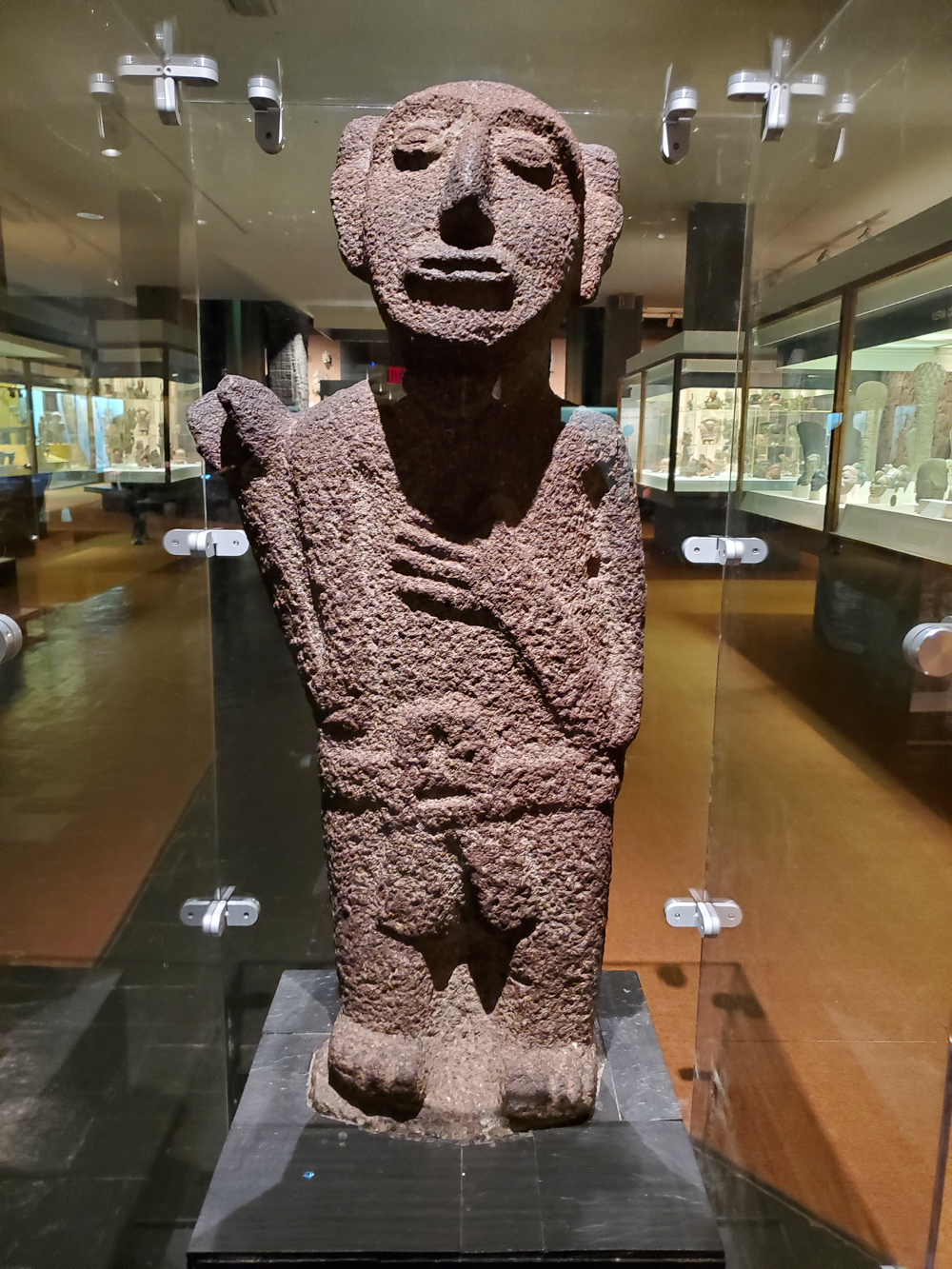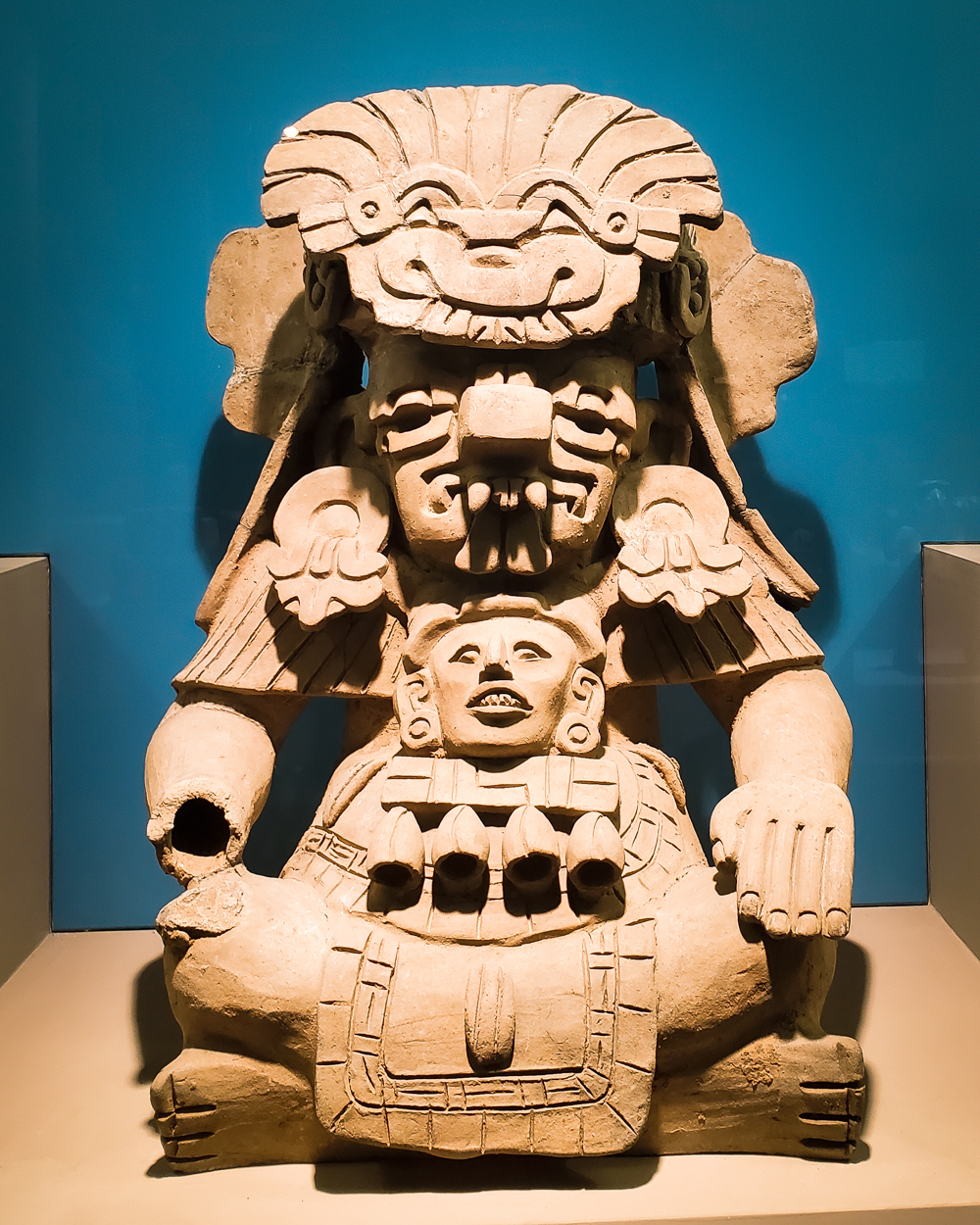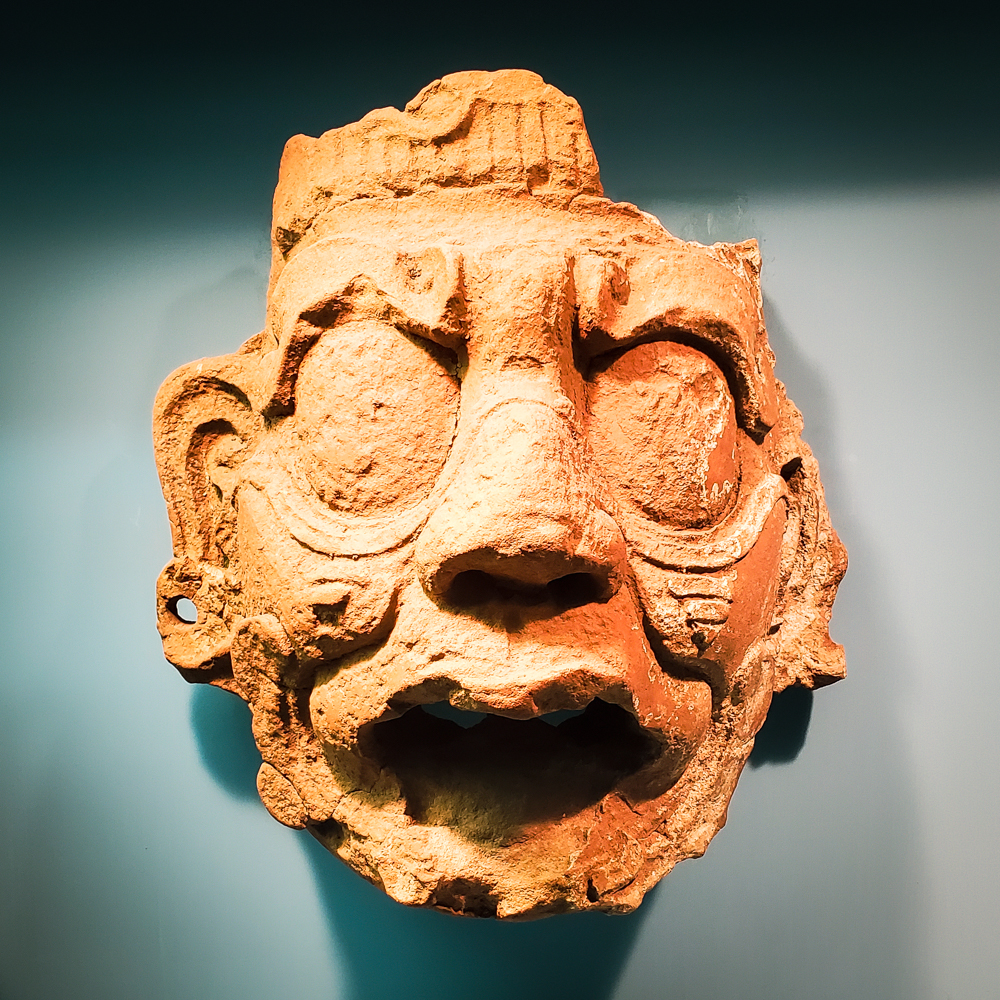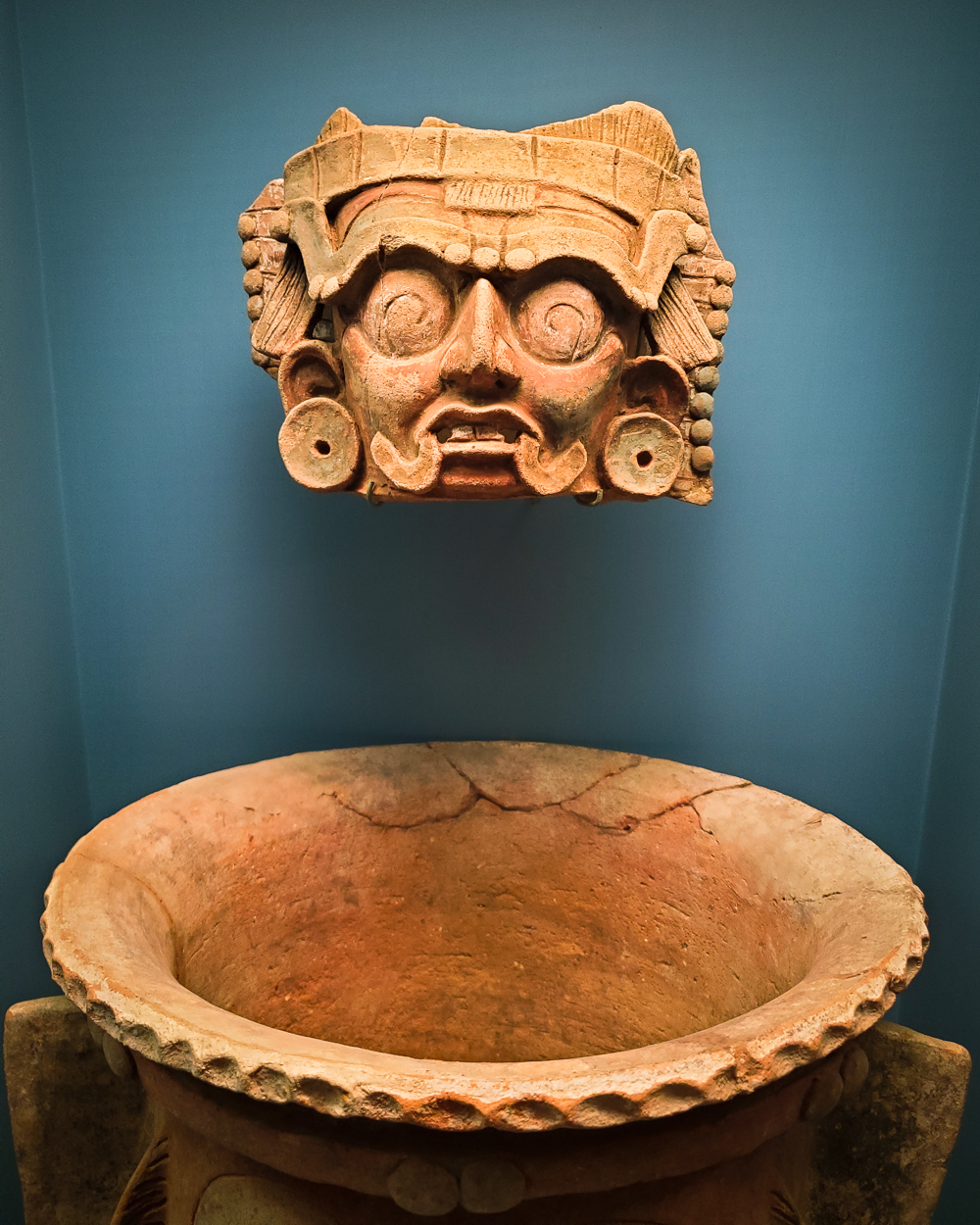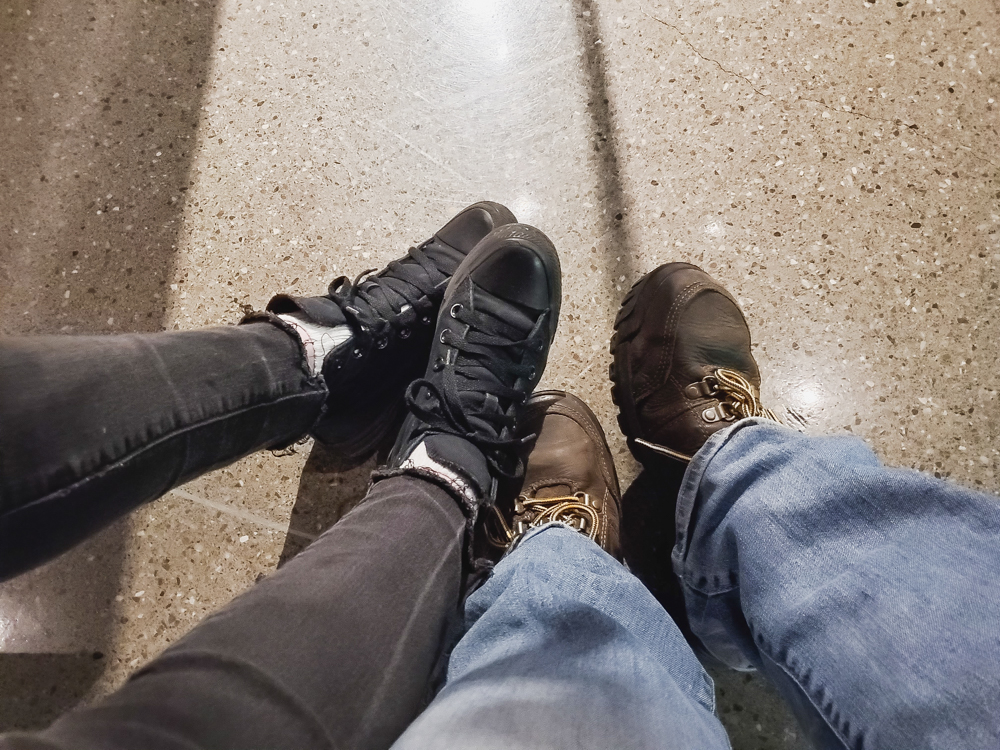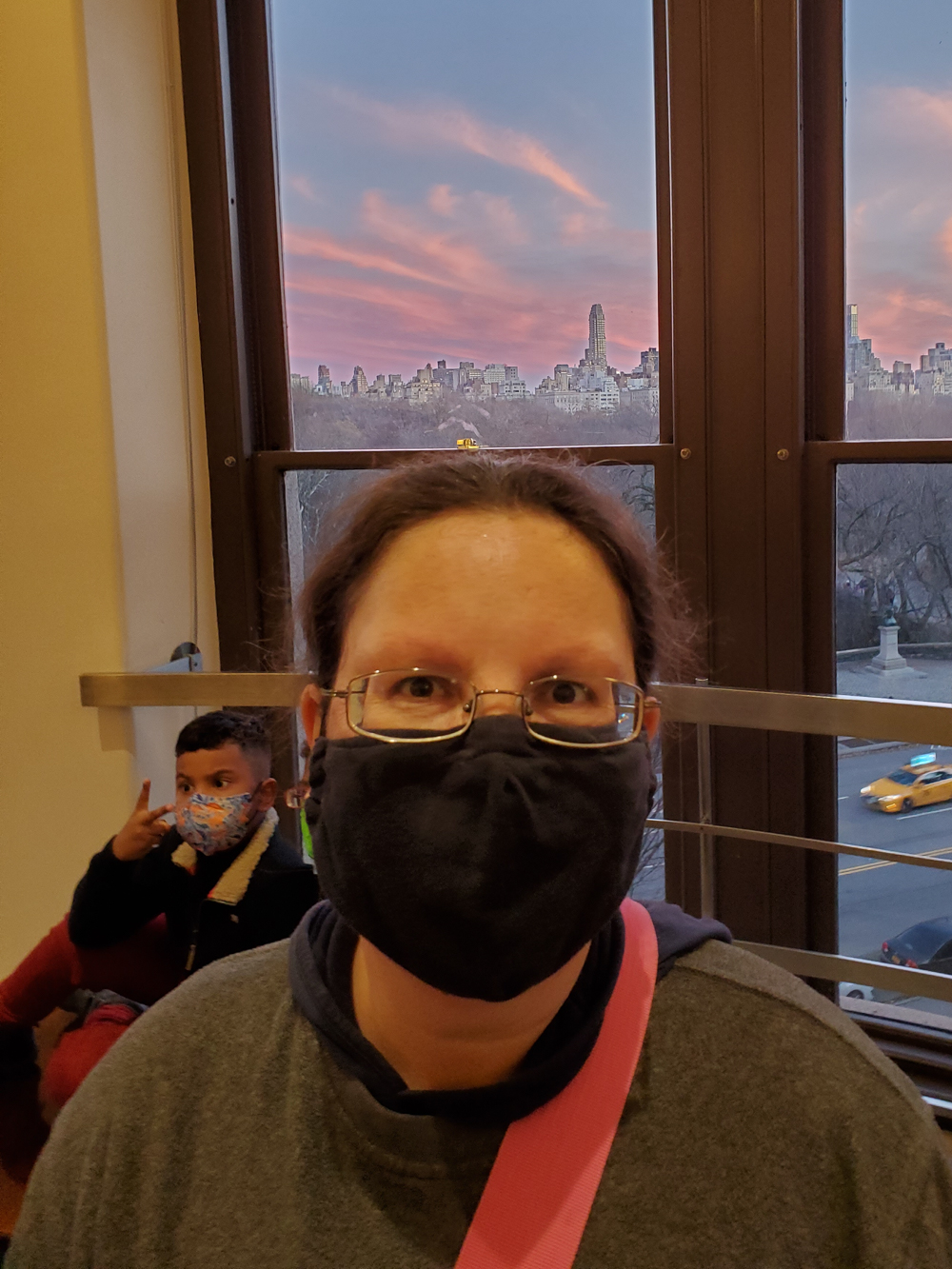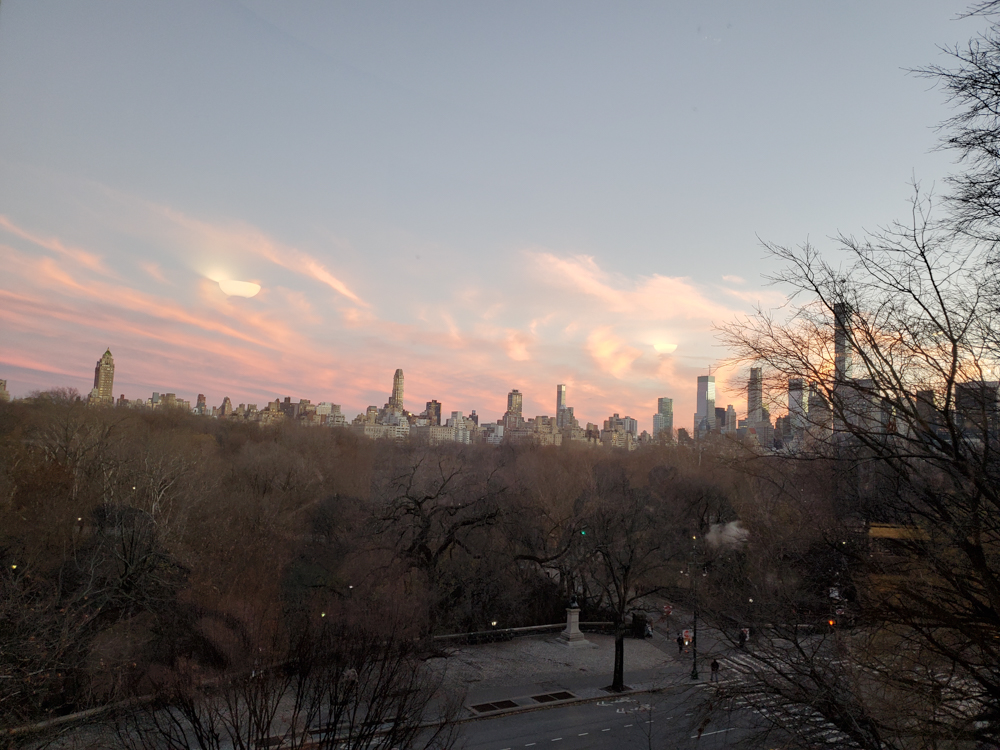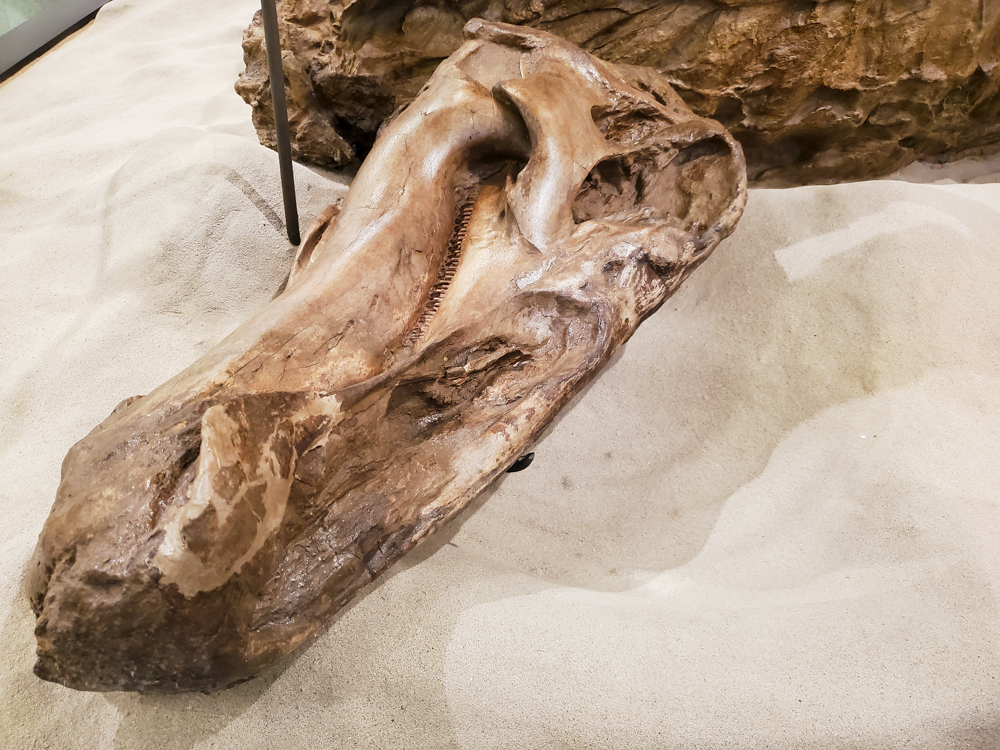.jpg)
I DO know what I'm doing. I didn't volunteer willy-nilly to teach seven teenagers how to pour lye into distilled water and molten wax into teacups without a firm base of knowledge.
But dang, there's nothing to make you question your skill set when doing a risky project than volunteering to do that project with seven teenagers!
There are a couple of reasons why I'm engaging in SO much prep work before I lead this Girl Scout retired Folk Arts IPP that my Girl Scout troop planned.
1) Left to my own manic devices, I'm not as safe as I ought to be. I run Dremel cut-off wheels centimeters from my radial artery, remove the tips of fingers with craft knives, and I definitely pour both lye into distilled water and molten wax into teacups bare-armed, bare-legged, and barefoot.
2) Left to my own manic devices, I also veer from the script more often than not and muscle through several iterations of a project to get the desired result. Candle that I poured tunneling? Eh, melt it down, pour it again, and try a different wick. Soap didn't cure properly? Shovel it all in the crockpot to hot-process.
That's fine for me, because I've got nothing but time and an endless capacity for frustration. But I want these teenagers' projects to work, and work well. They are going to learn the GLORIES of soapmaking, by God, and the ECSTASY that is a properly-wicked, burning-just-to-the-edges-but-no-farther tea cup candle!
So that was my weekend project!
First up, I had Matt (who tested negative for COVID after six days in isolation, so I set him free, which I *think* is okay to do? I guess I'll know when I take my own COVID rapid test in a couple of days!) make his very first batch of cold-process soap, with no information at his disposal other than my verbal instruction. This was great, because I could make note of the tricky parts of the process and the places where I'll need to give specific warnings to the kids (for Pete's sake, don't stick your head OVER the solution of lye and water!!! Why would you even do that?!? It's literally steaming, and I just told you that it's giving off toxic fumes!!!), and I could time about how long the recipe takes to trace. Twenty-five minutes, which is a bit of a yikes, but the kids are all great chit-chatters so I think it will be okay.
Making this batch ahead of time was also good because I can unmold it in front of the kids and show them how to tell if it's cured enough to cut, since they'll be doing that part at home.
On to the flower pressing! I toyed with the idea of having the kids make mini flower presses to carry in their backpacks, something that I, personally, would love the snot out of, but I dunno. Kids' attention spans aren't real long these days, so I kind of doubt that they'd all take to the six-week wait for their pressed flowers. Instead, I hit up the ReStore, found 12 unglazed ceramic tiles for three dollars, and decided to teach the kids how to press flowers in the microwave and send each of them (except for my own kids, who can share) away with their own set of tiles for microwave flower pressing at home. Even a modern teenager has enough attention span to spend one minute microwaving flowers!
And then we can make pretty things with them!
My kids and I loved making these pressed flower bookmarks, and I think my Girl Scout troop would, as well, but a multi-day, multi-step process isn't going to work. These are teenagers--they're going to dump whatever they come home from their Girl Scout troop meeting with on the floor of their bedrooms and not look at it again for three months. If I'm super lucky, they'll be willing to do maybe one more step after that, but definitely not fourteen more steps, some of which require yet more wait time.
So I figured out how to simplify the process!
.jpg) |
| The grated cheese is not related to the microwave flower pressing... |
I'll have to write new tutorials for both the flower pressing and the pressed flower bookmarks, because I feel like I streamlined the process for each of them by quite a bit:
And now I'll have some samples to show the kids!
They will still need to seal them 24 hours after our meeting, but I think I can get away with pouring a tablespoon or so of
matte medium into wee zip baggies for them to take home. That should keep the matte medium fresh enough to still be painted on when the bookmarks are discovered on bedroom floors in three months.
The poured candles in teacups was the trickiest project to figure out for kids. Kids will be bringing teacups in different sizes and shapes, and I want them to be able to pour candles that will burn correctly for whatever container they bring.
I got a tip from a candlemaking book once upon a time that the best way to test wick sizing in a non-standard container is to pour the candle into the container without a wick, let it cure, then drill a hole to insert a wick. If the size doesn't work, pull the wick out, re-drill the hole if necessary, and try another wick!
I'm glad that I tried this, because this wick that I tested is a hard nope:
I tried a larger wick size, got another hard nope, and finally decided that I'd never be able to burn a candle the width of a teacup with straight beeswax, so I poured a new candle with a beeswax and coconut oil combination:
Better, but ultimately still a nope! Grr!
Syd had the idea to just multi-wick it, which... success!
The above photo is from about half an hour into the candle's first burn. At an hour's burn time it had reached its maximum melt and made it almost completely to the edges of the cup all around. Normally, you'd want a container candle to burn all the way to the edge, but with the way that a teacup narrows to the bottom, I think this wick size and placement is perfect. I don't want the candle to burn too hot towards the bottom.
Add in a lecture on the biology of honeybees and the chemistry of triglyceride hydrolysis, and that's this Folk Arts meeting all prepped!
Now let's just hope that COVID rapid test comes out the way I want...
.jpg)
.jpg)
.jpg)
.jpg)
.jpg)
.jpg)
.jpg)
.jpg)
.jpg)
.jpg)
.jpg)
.jpg)

.jpg)
.jpg)
.jpg)
.jpg)
.jpg)
.jpg)
.jpg)
